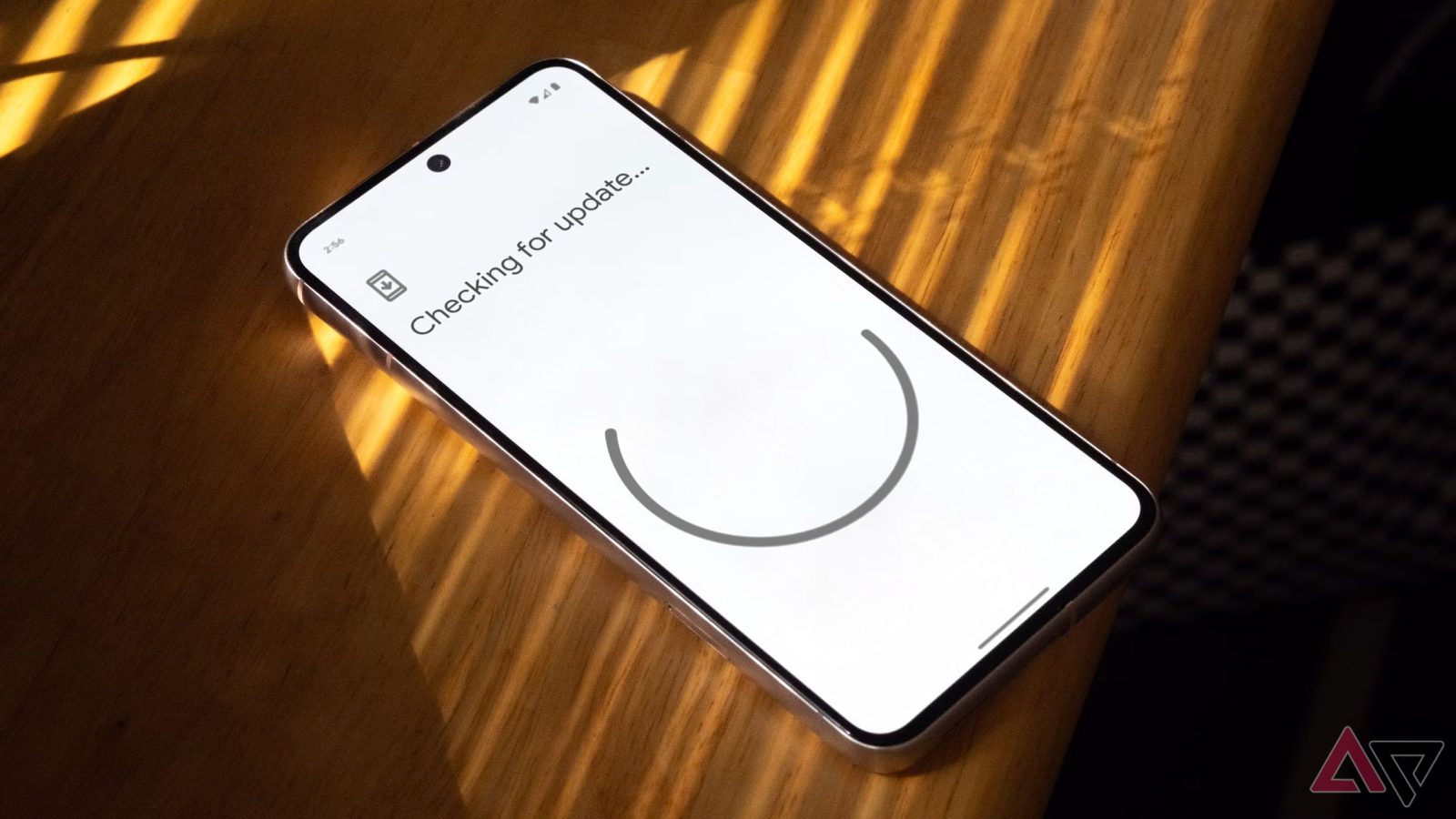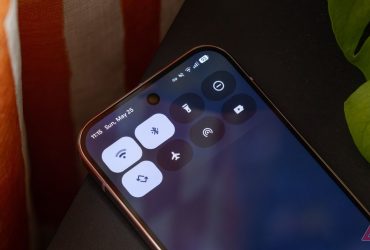Is Your Android Phone Is Still Getting Security Updates? Here’s How To Check

Contents

Sign in to your Android Police account

Keeping your Android phone updated is not just about getting the latest features; it is essential for staying protected from security threats. Security updates patch loopholes, fix bugs, and ensure your device runs securely. But not all phones receive updates equally. Some manufacturers are more consistent than others, and update frequency can vary depending on your phone’s age, model, and region. This guide shows you how to check if your Android phone is still getting security updates.

Related
Why checking for security updates matters

Source: Lucas Gouveia/Android Police | Demkat/Shutterstock
If your phone hasn’t received a security patch in several months, it might be vulnerable to newly discovered threats. Older devices that no longer get updates might be especially at risk. Regularly checking whether your device is receiving security updates helps you:
- Stay protected against known vulnerabilities.
- Avoid risks associated with outdated software.
- Decide if it’s time to upgrade to a newer phone.
How to check your phone’s last security update date

Unlike major Android version upgrades that bring new features and UI changes, security updates are smaller patches focused on fixing security flaws. A security patch doesn’t usually change how your phone looks or works, but it can protect you from serious risks like malware, spyware, or remote code execution.
The easiest way to know if your device is still getting security updates is to see the last time one was installed. Here’s how:
- Open the Settings app.
- Scroll down and tap About phone or System (this varies by device).
- Tap Android version or Software information.
- You’ll see a date under Android security update.
This date tells you when your device last received a security update. For example, if it says “May 5, 2025,” that was the last patch your phone got. Google typically releases security patches every month, so anything older than 3 to 4 months could be a sign that your phone is no longer supported.
How to check for updates on your phone
Even if your device hasn’t automatically updated recently, it might have an update waiting for you. Here’s how to manually check for it:
- Open Settings.
- Go to System.
- Tap Software update or System update.
- Tap Check for updates and install the update if it is available.
Each Android phone maker has its own policy for security updates. To find out your phone’s update promise, you can Google “[Your phone model] update policy” or visit the manufacturer’s website.

Related
Check the Android Security Bulletin
Google publishes a monthly Android Security Bulletin that outlines the latest patches. It includes bug fixes and security vulnerability details from manufacturers. You can check the most recent patch date on Google’s official page and compare it to your device’s patch level. If your phone’s last security patch is older than two or three bulletins, and you’re not seeing updates available, your device may no longer be supported.
Signs that your phone is at the end of its support

Source: Lucas Gouveia/Android Police | ZinetroN/Shutterstock
Beyond the security patch date, there are other signs that your phone will not receive security updates. These include:
- No recent system updates in the past 6 to 12 months.
- You’re stuck on an old Android version, like Android 11 or 12, with no signs of updates.
- Newer models in your phone series have launched, and your device is over 2 to 3 years old.
- The manufacturer’s website lists your device as “end-of-life” or no longer supported.
What to do if your phone isn’t getting updates

You must be careful while using your phone if your device has stopped receiving updates. Take cautious measures, like avoiding installing apps from unknown sources, using a secure browser, and keeping sensitive tasks (like banking) to a minimum.
You can also install a custom ROM on your phone. Flashing a custom ROM like LineageOS can give your phone new life with continued updates. Ensure you understand the risks, and back up your data before proceeding.
It may be time to invest in a new device if your phone no longer gets updates. If you’re in the market for a new phone with longer software support, you can consider devices from Google and Samsung since they provide extended support.

Related
How many Android OS updates will my smartphone get?
Know how long your phone is supported before you buy
Stay on top of the latest security updates
Security updates are crucial for protecting your data, preventing malware, and keeping your phone running safely. You can follow the steps in this guide to check your phone’s update status. It will help you make informed decisions about your device’s longevity and safety.
Android devices rely on manufacturers to push out software and security updates. That means some phones might stop receiving support earlier than others. If your phone isn’t getting updates, upgrading to a newer device is the most straightforward option. Look for phones with long-term update promises so you don’t need to keep buying a new phone every few years.
What’s your reaction?
Love0
Sad0
Happy0
Sleepy0
Angry0
Dead0
Wink0
![these-phones-just-became-elite-[video]](https://betadroid.in/wp-content/uploads/2025/06/24749-these-phones-just-became-elite-video-280x210.jpg)









Leave a Reply
View Comments